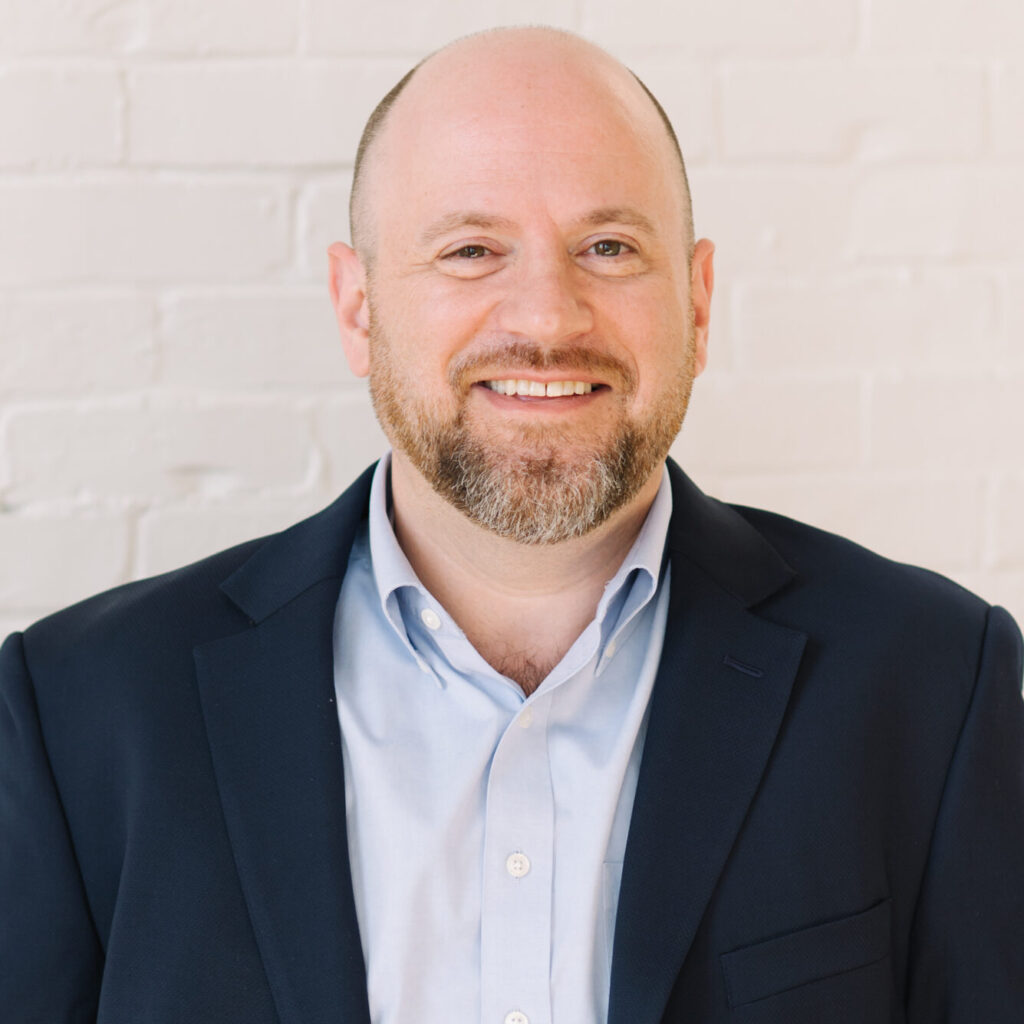At a Glance
The SECURE 2.0 Act brings several retirement plan changes that directly and indirectly affect ESOP-owned businesses. While many provisions target 401(k) and 403(b) plans, several indirectly influence ESOP sponsors through payroll, compliance, and participant communication. Key updates include new Roth and catch-up contribution rules, automatic enrollment for new deferral plans, expanded part-time eligibility, and—beginning in 2028—a new limited gain deferral for S-corporation ESOP sales. For ESOP companies, especially those with companion 401(k) or KSOP structures, these updates affect both plan operations and how employees build long-term retirement wealth. Sponsors should review plan design, payroll capabilities, and communication strategies now to stay compliant and capitalize on new flexibility.
Contents
- Overview of SECURE 2.0 and ESOPs
- 2024 and Earlier (Already in Effect)
- 2025 (Now)
- 2026 (Provisions Taking Effect Next Year)
- 2028 and Beyond
- Why These Updates Matter
- What These Changes Mean for ESOPs
- Next Steps for ESOP Leaders
Overview of SECURE 2.0 and ESOPs
The SECURE 2.0 Act, signed into law in late 2022, expands retirement savings access and modernizes plan administration. While the law primarily targets defined contribution plans such as 401(k)’s, many ESOP companies maintain companion plans or have KSOPs, making these provisions relevant in practice. SECURE 2.0 is phased in over several years; below is the current timeline for changes impacting ESOP plans and required changes to KSOP/401(k) plans.
2024 and Earlier (Already in Effect)
Roth 401(k) RMD elimination – Beginning in 2024, required minimum distributions no longer apply to designated Roth 401(k) accounts. This simplifies plan administration for some 401(k)/KSOP structures.
Long-Term Part-Time (LTPT) eligibility – Under the original SECURE Act, employees completing 500 hours in three consecutive years became eligible to participate in a 401(k). This forms the baseline for the shortened rule effective 2025 (below) – applicable to 401(k)/KSOP only.
Cash-out limit increase – From 2024 forward, plans may automatically distribute balances under $7,000 without participant consent (previously $5,000). Upping the limits for force-outs can get more former employees out of the plan and keep participant counts below the large plan filer threshold.
Overpayment correction relief – Plans are now allowed to forgo collection of certain inadvertent overpayments and still remain qualified, and such overpayments are treated as eligible rollovers. Not all overpayments are eligible rollovers and notices may be required.
EPCRS expansion – The IRS broadened self-correction authority for operational and plan document errors, reducing the need for formal filings.
These earlier changes reduce administrative risk and improve participant experience, especially for ESOPs maintaining companion 401(k) features.
2025 (Now)
Age 60–63 “super” catch-up – For 401(k)/KSOP participants, the catch-up limit becomes the greater of $10,000 or 150 % of the standard age-50 limit ($11,250 for 2025). Optional feature.
Shortened LTPT eligibility rule – Employees age 21+ with 500 hours in two consecutive years must be allowed into 401(k)/KSOP plans.
Automatic enrollment – New 401(k) [and 403(b)] plans established after December 29, 2022, must use automatic enrollment beginning 2025 (with limited exceptions). Existing plans and stand-alone ESOPs are exempt; new KSOPs must apply it to the 401(k) component only.
Workplace Retirement Initiatives and Employee Ownership Programs – The DOL is implementing SECURE 2.0’s WORK Act requirements to promote retirement coverage and employee ownership through education and outreach grants, potentially enhancing ESOP education and resource availability over time (although the NCEO is a great non-governmental resource currently).
These 2025 changes expand retirement plan access and participation, particularly among part-time and newly eligible employees, while adding new administrative obligations for employers forming plans after SECURE 2.0’s enactment.
2026 (Provisions Taking Effect Next Year)
Mandatory Roth catch-up for high earners – Beginning January 1, 2026, participants whose prior-year FICA wages from the plan sponsor exceed $145,000 (indexed) must make all catch-up contributions on a Roth basis. Other participants retain pre-tax or Roth choice if permitted by the plan. 401(k)/KSOP only.
Plan amendment deadline – All nongovernmental plans must formally adopt SECURE 2.0 (and related CARES/SECURE 1.0) amendments by December 31, 2026. Plans must already operate in good faith compliance before that date.
Payroll/recordkeeping actions – Payroll and recordkeeping systems will need to (1) identify employees exceeding the FICA threshold, (2) force Roth treatment of catch-ups, and (3) ensure accurate Form W-2 reporting. Communication materials should make clear that take-home pay may decrease as a result. 401(k)/KSOP only.
2026 is the operational turning point for most employers—systems, documentation, and payroll interfaces must all be aligned to avoid compliance risk.
2028 and Beyond
S-corporation 1042 deferral option – For sales after December 31, 2027, S-corp owners selling stock to an ESOP may elect to defer tax on up to 10 percent of the gain if reinvested in qualified replacement property. This extends a limited form of the traditional C-corp 1042 deferral and creates new succession planning options.
Continuing implementation of ownership outreach mandates – The DOL’s Employee Ownership Initiative is expected to publish further guidance and resources to support valuation and fiduciary best practices in ESOPs.
These future provisions signal a more formal policy recognition of employee ownership as a retirement security strategy.
Why These Updates Matter
The changes in SECURE 2.0 reflect a broader policy goal: to make retirement saving more inclusive and more effective for employees at every stage of their careers. For ESOPs, this matters on two levels:
- Compliance and Risk – ESOP trustees and plan sponsors carry fiduciary responsibility. Staying aligned with new regulations avoids penalties and preserves tax-advantaged status.
- Employee Impact – Employee ownership already serves as a powerful retention and engagement tool. When paired with retirement savings enhancements, ESOPs can deepen employee trust and reinforce the long-term wealth-building narrative.
What These Changes Mean for ESOPs
For ESOP-owned businesses, the practical implications are significant:
- Payroll and Recordkeeping Adjustments – Employers must update systems to track eligibility for enhanced catch-up contributions, Roth designations, and any automatic enrollment processes if a 401(k) or KSOP feature is present. Stand-alone ESOPs that do not permit elective deferrals are generally unaffected by these changes.
- Employee Communication – ESOP companies thrive on transparency and the rules are complex. Explaining how new retirement plan rules interact with the ESOP benefit (and any companion 401(k)/KSOP plan) helps employees understand the total value of ownership and savings opportunities.
- Strategic Planning – Higher catch-up limits and Roth options allow long-term employees to build greater retirement wealth. When coordinated with ESOP distributions and diversification, these features can strengthen participants’ overall financial security.
- Administrative Complexity – Many ESOP companies sponsor both an ESOP and a 401(k) (or a combined KSOP). Aligning plan documents, payroll feeds, and participant notices across both structures reduces compliance risk and ensures consistent messaging.
Next Steps for ESOP Leaders
Business owners and financial decision makers at ESOPs should:
- Review Plan Documents – Determine whether your ESOP is a stand-alone plan or part of a combined 401(k)/ESOP (KSOP) arrangement. Only plans with elective deferrals are subject to the automatic enrollment and Roth catch-up rules.
- Coordinate with Payroll – If a 401(k) or KSOP is in place, ensure payroll systems can withhold Roth contributions for affected employees and track eligibility for enhanced catch-up contributions.
- Prepare Communications – Provide clear, plain-language explanations to employees on how new retirement plan rules interact with the ESOP benefit, including Roth taxation and catch-up eligibility.
- Engage Advisors – Collaborate with accountants, plan administrators, ERISA counsel, and ESOP trustees to ensure updates are correctly implemented across all plans.
- Plan for Amendments – While there is time to formally amend your plan documents, aligning operations now will prevent issues down the road.
The SECURE 2.0 Act is more than a compliance requirement—it is an opportunity for ESOP businesses to reinforce their dual commitment to employee ownership and retirement security. By preparing now, ESOP leaders can ensure their plans remain compliant, competitive, and aligned with the values of shared success that define employee ownership.

Ben Lord is a Principal at ARB specializing in audit and consulting services for employee benefit plans. Ben manages employee benefit plan audits in an efficient, cost-effective way by customizing services to meet a plan’s specific needs. He also specializes in consulting and financial accounting services for construction, real estate development, manufacturing, and professional services firms.






